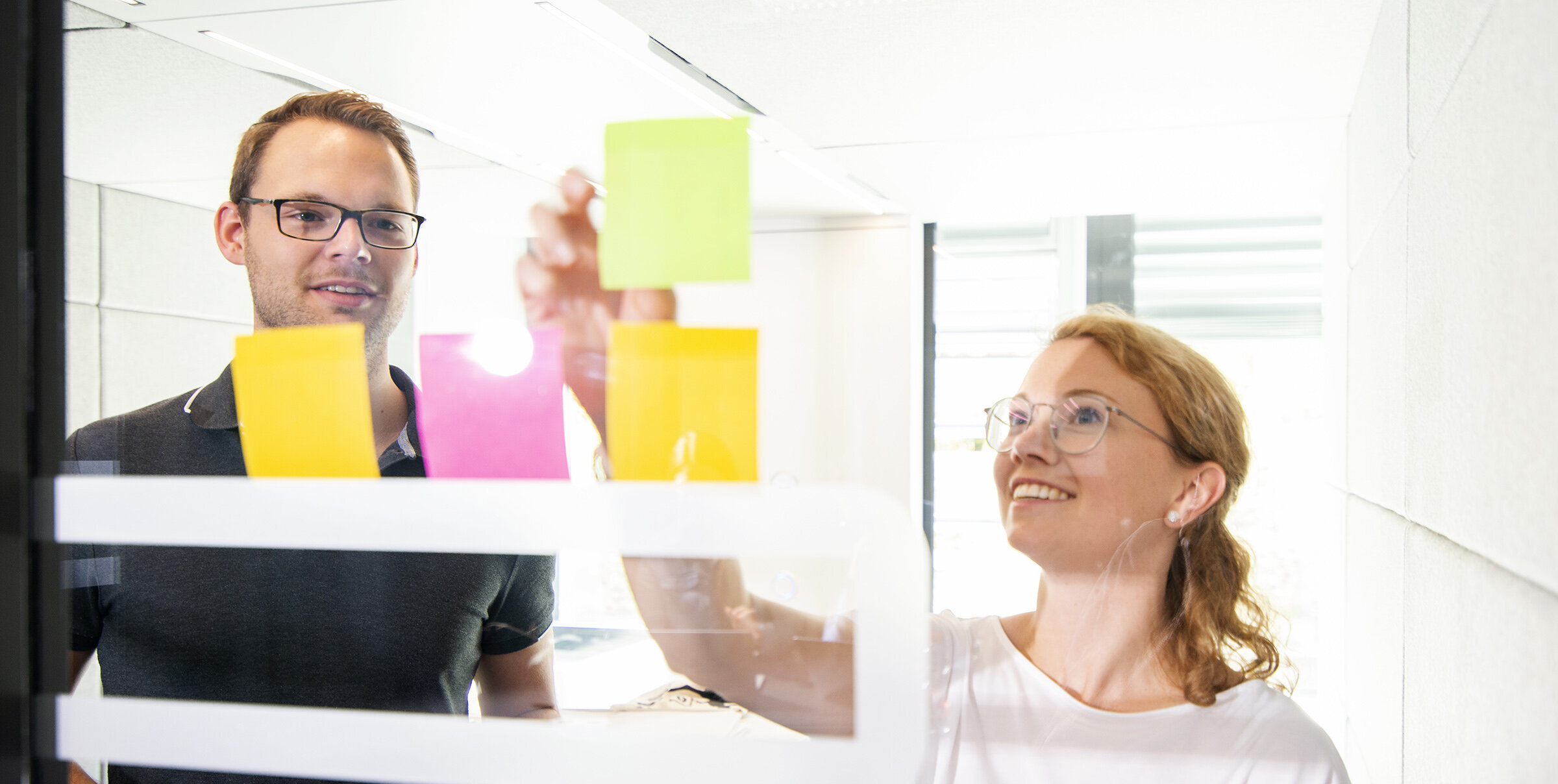pos.: The use of the shared online whiteboard worked well. This was shown by the high number of feedback as well as the quality of the noted points, because among them were quite critical topics, such as fears of the students.
pos.: The shared online whiteboard could adequately replace a pinboard moderation or the like in the room or even represented an improvement, because in the large group all could note their comments in parallel, so that the interaction density was very high.
pos.: Students act unbiased, which was an advantage especially for quieter or more reserved participants.
neg.: The Lerhperson does not see how many people participated, moreover, could easily cause unrest in the group. It is therefore absolutely necessary to create a framework for the tool and also to moderate the use of the tool by the participants.
Overall, it is important for the instructor to talk about agile working not only as part of the content of the course, but also to signal a certain agility to the students and to allow co-design from the group - on the one hand in terms of content, but also in the framework conditions of the courses. To this end, it is essential not to view changes with suspicion, but to respond to them flexibly and adaptively.


